Diversity. It’s fast become the ubiquitous buzzword never far from mind or tongue in the modern workplace. Whether you work in advertising, HR or any industry in between, there are few disciplines which have not altered their working practises in their efforts to embrace the age of inclusivity we find ourselves living in.
As a word that gets bandied about so much, the meaning of diversity can easily be lost. A useful starting point for our purposes, therefore, is understanding just want it means in mainstream advertising. Simply speaking, it’s creating an advertising campaign mindfully, to respectfully include and relate to the complex individuals who make up the target audience.
Simple, right? If only. As the population becomes increasingly media and communications savvy, achieving a connection with an audience to create an authentic feeling of inclusivity is increasingly difficult to manage.
Despite the challenge that achieving diversity presents in advertising, there is no denying how crucial it is; indeed, an easy way to gauge the importance of diversity is to observe the repercussions when brands get it wrong.
It was impossible to ignore the uproar that surrounded PepsiCo’s 2017 ad, featuring Kendall Jenner presenting a police officer with a can of the famous soft drink. Many argued that the ad trivialised important social justice movements, most significantly Black Lives Matter, and the resulting protests and social media outrage caused PepsiCo to pull the advertisement entirely and issue an apology.
Protein World's infamous "Beach Body Ready" ad, which depicted a woman in a bikini with the question ‘Are you beach body ready?’ also received swift public backlash, with an online petition calling for the ad to be banned gathering 60,000 signatures. So deep-seated was the outrage, that some even defaced the ads in situ, adding footnotes such as "Each body's ready" and "You are fine as you are."
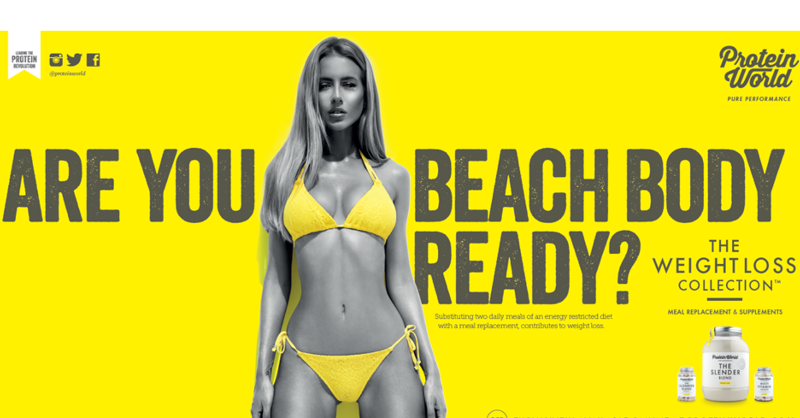
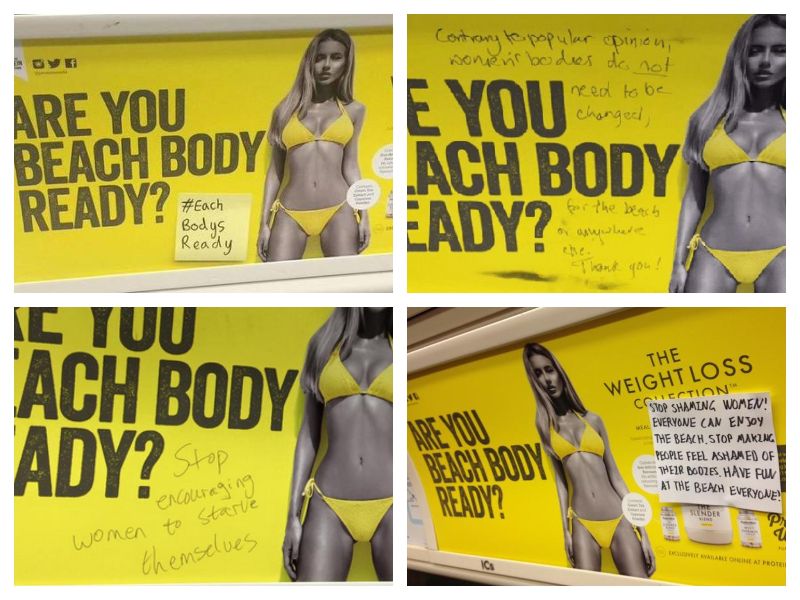
Indeed, the ad gained such notoriety, that 3 years later, plus-size fashion brand Navabi created an OOH campaign which parodied the original, encouraging woman of all size to love their bodies, just as they are.
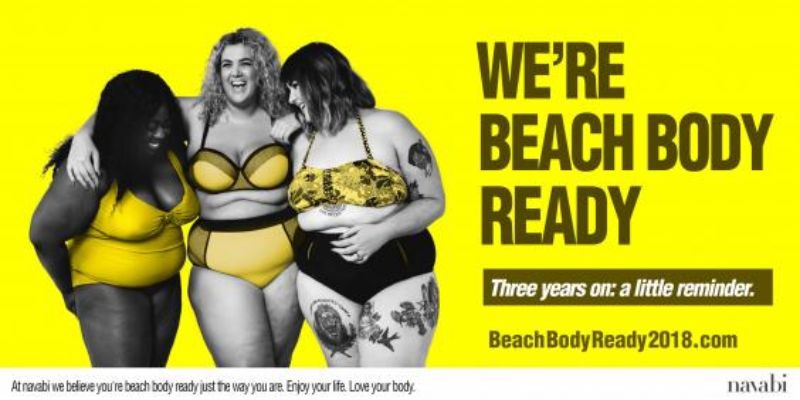
The above represents only two examples of advertising’s sometimes insensitive handling of minority groups and oversight regarding the diverse audiences they are hoping to address. There have also been many other instances of mis-representation and stereotyping, for example gay men being depicted as effete and camp, playing side-show roles to the central straight characters.
Hearteningly, as time goes on, many more brands are managing to find ways to resonate with the full breadth of their target audiences, including minority groups.
In 2016, Lloyd’s Bank featured a same sex proposal, overlaid with the message ‘he said yes’. This scene was set amidst various other natural, everyday moments including a new mother, a man dropping his daughter off at school, and an elderly woman attending a funeral. By placing the LGBT scene within the others in this context, it succeeds in subtly indicating that this proposal is also inherently ‘normal’ (whatever that means!)
What do businesses stand to gain when they get it right? Most immediately, recognition, but in many cases an increase in long term brand loyalty is observed. Interestingly, this brand loyalty is not just within the marginalised audiences represented in the ads, but from the population at large. Recent reports by professional LGBT network ‘OUTstanding’ claim that 14% of customers are more likely to choose products and services from companies who promote diversity, for example supporting LGBT communities within their marketing. 37% of customers report feeling ‘positive’ towards brands who are active in working with LGBT and other minority communities to support and promote them in their marketing materials.
So what measures need to be taken by advertising agencies to achieve diversity in their work? Ensuring diversity within agency teams is a crucial starting point, so that different voices are represented from the outset and throughout campaigns. Further to this, knowledge and education is essential, and agencies should be mindful when conducting market research to ensure the use of participants who reflect our ever more diverse world.
Whilst the matter of diversity can seem rife with risk, the worst thing agencies can do is shy away from addressing the topic, for fear of tokenism or mishandling. As the law rises to meet the concerns in this area, with the UK's Advertising Standards Authority vowing to take a tougher line on gender stereotypes in ads, prudent agencies will do well to work proactively with diversity in mind as standard practise.
Ardmore’s recent campaign for the Department of Education, Play Matters, sought to hit the right notes with a light-handed approach to diversity- this included the representation of a range of children including those with special learning needs and from various racial backgrounds, all enjoying the same fun and games. The ad also defied any gender stereotyping, with a young lady playing the football star who scores a winning goal against her dad.
So, what is the take-home message? Handled with sensitivity, authenticity and with positive intent, diversity and inclusivity in advertising has the ability to engage even wider audiences on a deeper level, boosting brand equity, and possibly even winning customers for life.


